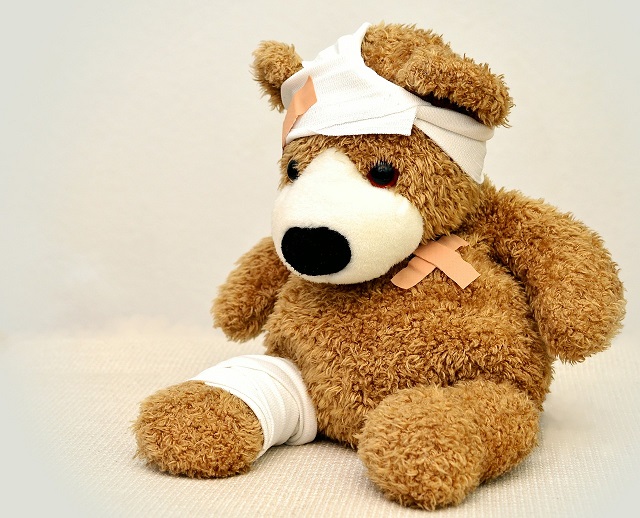In China, seemingly simple things still pose barriers and blocks.
Catching a train from Shanghai to Beijing used to be a very easy thing to do. The high-speed rail network here is impressive, the two open and international cities very well linked.
But times are still not ‘normal’ here, and that journey is now something of an undertaking.
We made the trip this week, arriving into Beijing during the 20th Party Congress of the ruling Chinese Communist Party. It’s a once every five year political meeting to choose the country’s top leaders.
If it’s the ‘Zero COVID’ agenda that dictates much of why things are so complicated, Congress has turbocharged it.
In order to simply board a train in Shanghai, we needed three so-called ‘green codes’ from three separate apps. Getting those required multiple tests, minimal contacts and a massive amount of uncertainty.
Green codes are essentially digitised proof you most likely don’t have COVID – we needed one from the Shanghai authorities, one from the Beijing authorities and a third so-called ‘green arrow’.
NHS England setting up ‘war rooms’ to prepare for ‘toughest winter on record’
Cancer vaccine could become available by 2030, scientists behind COVID jab say
Weekly COVID-related deaths up by nearly 40% in England and Wales
But simply testing negative isn’t always enough, people’s codes can change colour simply for travelling from another district or province where cases have been detected.
In short, travelling to Beijing felt a bit like trying to get into a digitised fortress.
It’s a snapshot of how Zero COVID is still dictating the lives of ordinary people.
In most places, you have to have a green code to be allowed to do pretty much anything; enter shops, restaurants, parks and playgrounds, even housing and office compounds.
It means people need a COVID-19 test at least every 2-3 days, testing centres can be found on street corners everywhere.
More China news:
Chinese diplomat involved in unrest at protest outside Manchester, says MP
China’s armed forces recruiting dozens of British ex military pilots in ‘threat to UK interests’
While people are largely resigned to it, there are clear hints of frustration. One woman told me how she’s not been able to visit her home town for over a year, she’s too worried she’ll have to quarantine on returning home and disrupt her child’s schooling.
Everyone I spoke to said they would ideally like things to return to how they were.
In some places, though, tempers are fraying and patience is wearing thin. A few weeks ago in the province of Shenzhen, a group of people under lockdown clashed violently with those trying to enforce it. There have been rare instances of graffiti calling for an end to the rules.
And speaking out is very brave; criticising the Zero COVID agenda is seen as akin to criticising the government.
President Xi Jinping made it clear in a speech opening Congress that, for now at least, the policy is here to stay. Saving lives, he says, must come first.
A victory narrative will be needed in order to change course, and there’s no evidence one has been prepared.
Explainer – Xi Jinping set to tighten his grip at Communist Party Congress
But it is no doubt causing concern at the highest level. The consumer economy has been crippled by the strict and sudden lock-downs, economic growth has slowed significantly, and youth unemployment is currently at record highs.
All these things have the potential to cause instability, and instability is arguably the Communist Party’s biggest fear.
With the exception of North Korea, China is the only country in the world on this path.
But there are costs to treading it, and beneath the control, cracks too.






